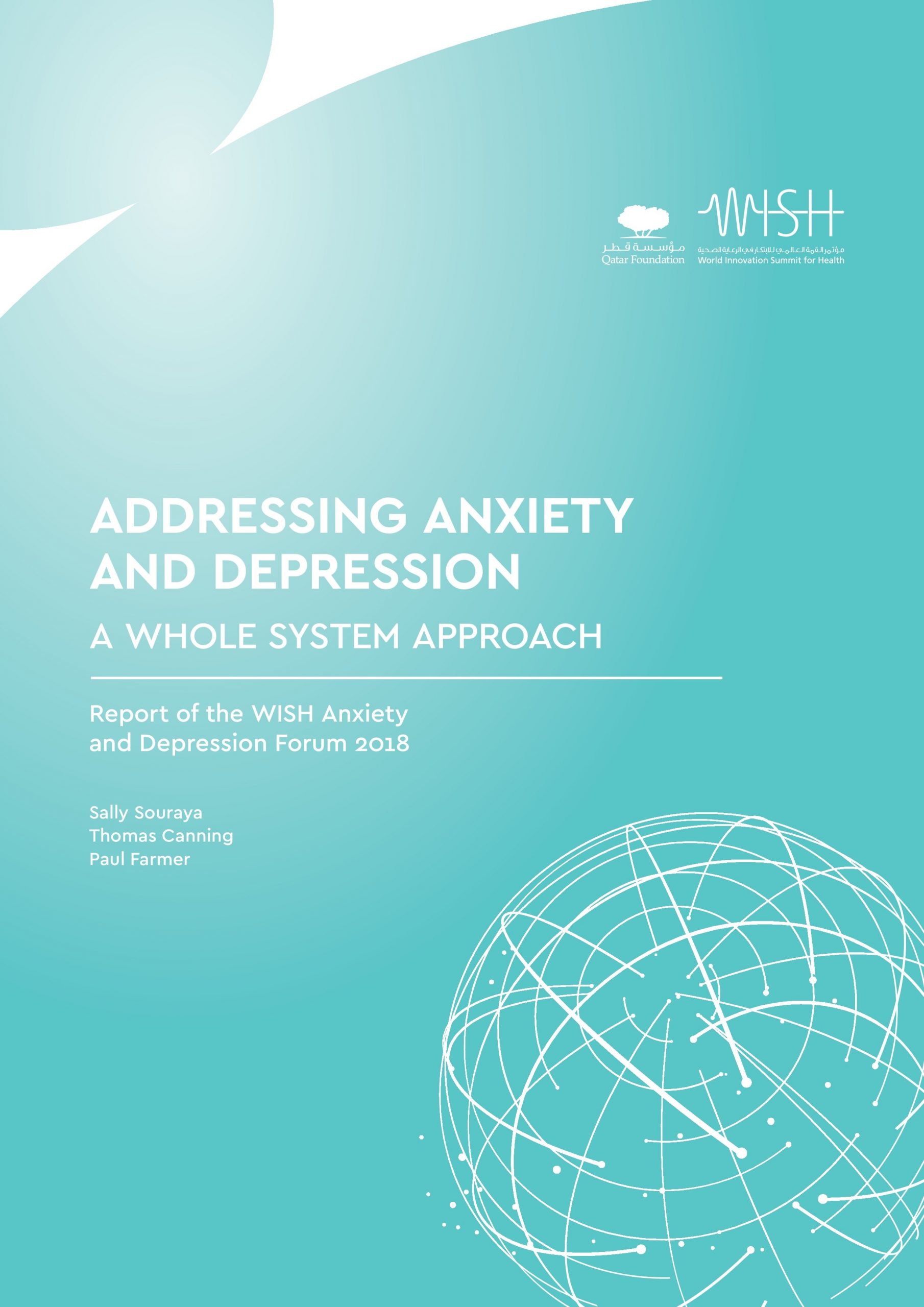Executive Summary
Anxiety and depression represent the most common mental health problems globally, and estimates in 2017 revealed that 322 million people have depression and 264 million live with anxiety disorders.
They are the result of complex interactions of biological, psychological and social factors that emerge mostly in critical periods of life such as childhood, adolescence and early adulthood. They have far-reaching impacts over the course of people’s lives, and place an enormous burden on families, societies, healthcare, education and employment.
In addition to their high prevalence, chronic nature and negative impact on daily living, anxiety and depression can lead to people taking their own lives.
The complex and debilitating impact of both anxiety and depression is worsened by stigma and discrimination. This can affect many aspects of people’s lives, such as asking for timely help, their quality of life and their ability to participate and contribute fully to society.
There are worldwide challenges to meet the demands of these problems. For example, is there capacity in healthcare systems to support people? Also, how will society and other sectors, such as education and employment, play a part in taking action to prevent anxiety and depression?

